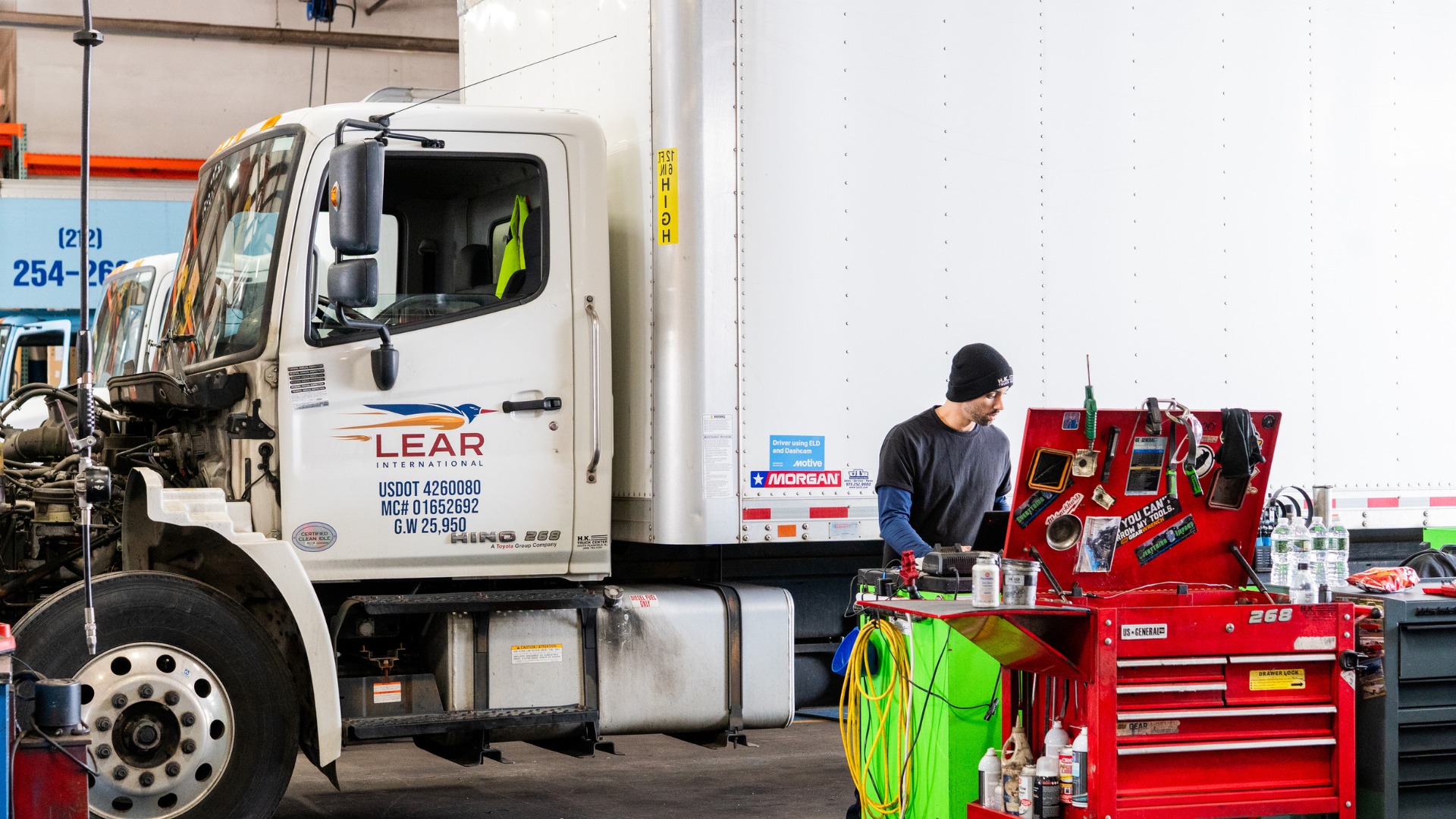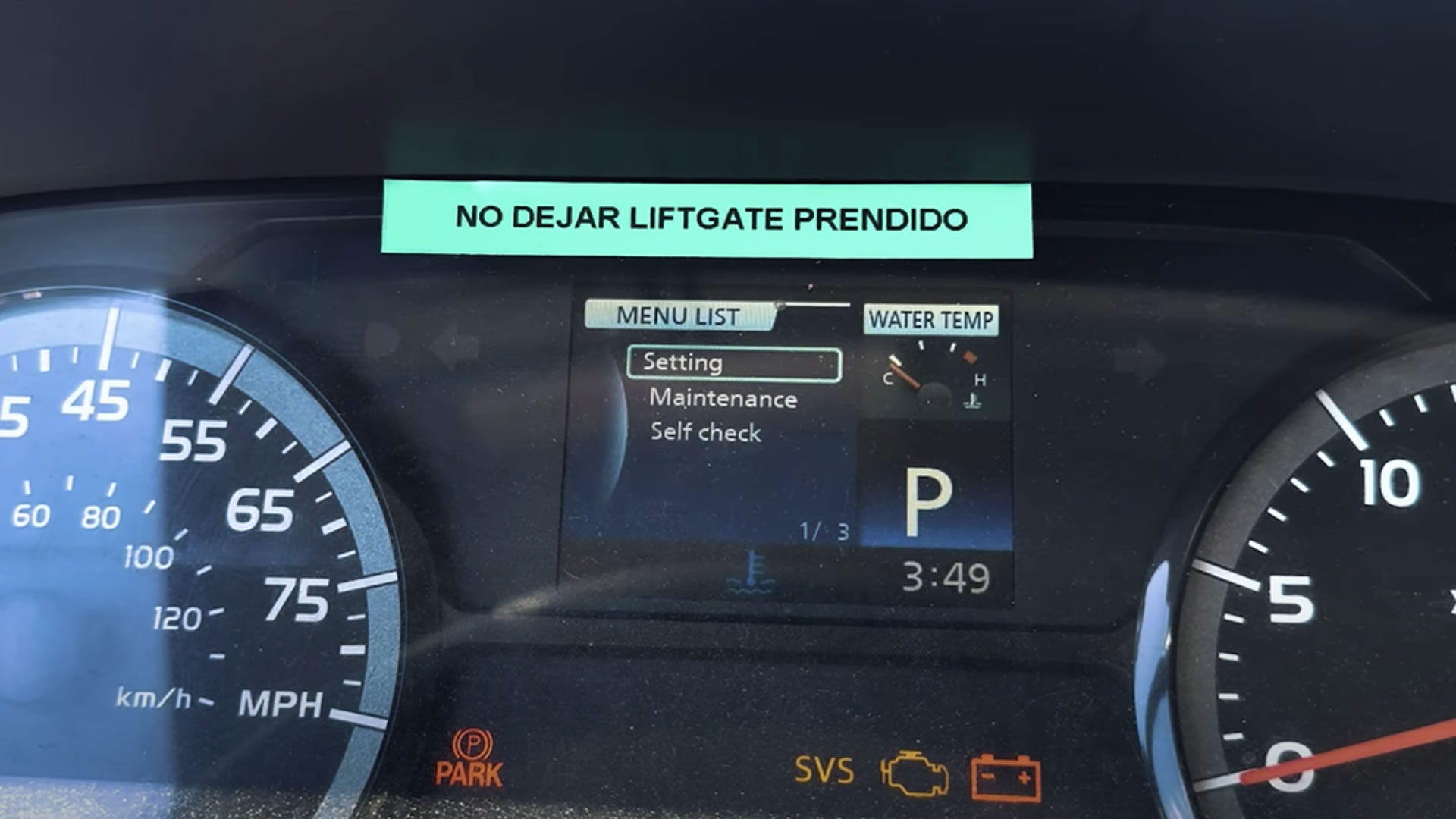
The Benefits of Off-Peak Delivery
When deliveries are made during off-peak hours, everyone benefits…fleets, drivers, shippers, and the public at large.
Every company is trying to find greater efficiencies in every aspect of their business and that includes in their transportation function. Long wait times at delivery points, truck idling, and traffic congestion can be quite costly when it comes to driver time and excess fuel costs. One of the ways to deal with this is through off-peak delivery.
As a recent Truckinginfo.com article posts, “Suppose they had a rush hour and nobody came.” You actually don’t have to suppose. Three attempts at off-peak delivery over the last decade point to how much can actually be gained through this practice.
New York City – In 2009 and 2010 the city worked with eight different fleets to institute making deliveries between 10 PM and 8AM rather than between 10AM and 10PM. Trips made during off-peak delivery times took half the time of those made during peak hours. And for anyone who has faced the trials and tribulations of parking on NYC streets, off-peak delivery meant that trucks that had been paying more than $1,000 in parking violations monthly managed to avoid any penalties. In addition, the speed of delivery meant those trucks were available for additional deliveries, thereby reducing the need for a larger fleet.
Vancouver – In 2010, the city reduced truck volume in the busy downtown area by 37% by instituting off-peak deliveries. This was during the Winter Olympics when congestion would naturally increase due to the huge influx of tourists and officials. Deliveries between midnight and 6 AM doubled but had very little negative effect on the games and the city.
Stockholm – A smaller pilot study took place recently in and around this European city, testing off-peak deliveries to restaurants and supermarkets. This is particularly important because late night or early morning deliveries in urban areas (where supermarkets and restaurants often are located) can result in local residents complaining about noise. A supermarket chain ordinarily would need to use several fully loaded trucks to make deliveries between 6am and 8am. By changing that schedule to 10PM to 6AM, a single truck was able to make deliveries to three stores, including time to return to the warehouse for reloading. Some residents did complain, especially in quieter neighborhoods so those involved in the study are looking at options to handle this issue.
Consider the benefits that go beyond fuel savings and driver time. If one truck can do the job of three, as in the Swedish study, that’s a considerable drop in emissions if carried out on a larger scale. Also, less trucks on the road during rush hour reduces the potential for accidents and keeps automobile drivers from jockeying for position with truck drivers.
So what stands in the way of implementing an off-peak delivery schedule as the rule rather than as the exception? There is, of course, the concern for noise issues as explained in the Stockholm study above. Another barrier: accepting change is often difficult. Customers want deliveries when they want them. Off-peak deliveries may also necessitate additional shifts at a warehouse or DC. But with all of the benefits to be derived from this practice, it makes sense for all stakeholders to get together and work to make off-peak delivery the norm.
Discover how working with the right logistics provider can help drive higher profits.

About David Beaudry
David Beaudry is Director of Logistics Engineering and Consulting for NationaLease. He brings 25 years experience in surface transportation, logistics engineering, and consulting. His earlier career includes management posts with Ryder System Inc. and National Freight. He holds a Bachelor of Science degree from Central Connecticut State.




